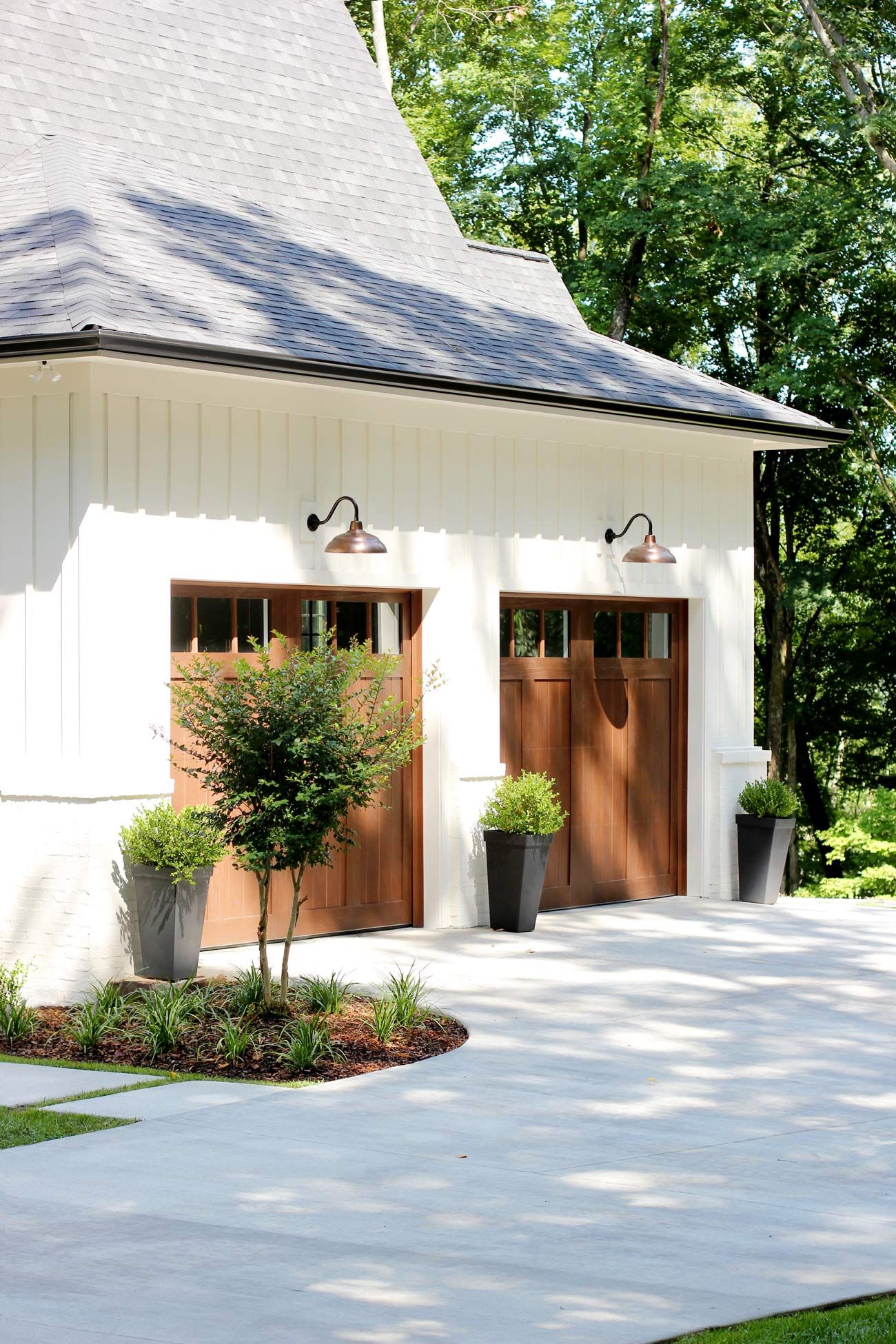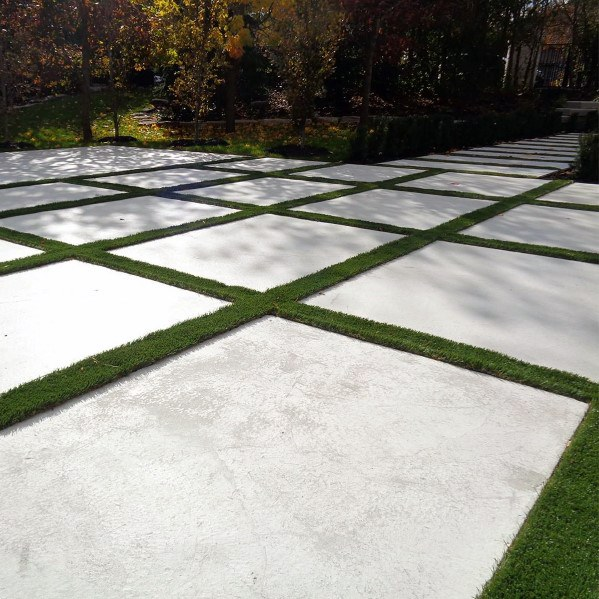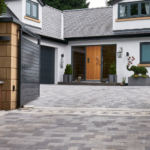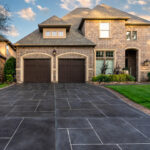Driveways are often the first thing people see when arriving at a home, making them an important feature in a property’s overall design. When it comes to driveway design, there are several factors to consider in order to create an aesthetically pleasing and functional space.
One key element in driveway design is choosing the right material. The most common options include concrete, asphalt, gravel, and pavers. Each material has its own advantages and disadvantages, so it’s important to consider factors such as durability, maintenance requirements, and budget when making a decision.
Another important consideration in driveway design is the shape and size of the driveway. The layout should be carefully planned to ensure proper access and parking space for vehicles. Curved driveways can add visual interest and improve traffic flow, while straight driveways are more efficient for larger properties.
In addition to the material and layout, the aesthetics of the driveway should also be considered. Adding decorative elements such as borders, patterns, or different colored stones can help enhance the overall look of the driveway and complement the style of the home. Landscaping around the driveway can also help tie the design together and create a cohesive look.
Drainage is another important aspect of driveway design. Proper drainage is essential to prevent water buildup and potential damage to the driveway over time. Installing a slope or adding drainage channels can help redirect water away from the driveway and protect its integrity.
Finally, lighting is an often overlooked but important element in driveway design. Adding lighting along the driveway can not only improve visibility and safety at night but also enhance the overall aesthetic of the property. Options for driveway lighting include overhead fixtures, ground lights, or solar-powered options for an eco-friendly touch.

















